A fallen tree can serve as a seat. Damaged or unhealthy trees from your backyard that have sentimental value to your family can be repurposed to a meaningful object. These product designers and artists use wood from the cut and fallen trees to make outstanding furniture and incredible art.
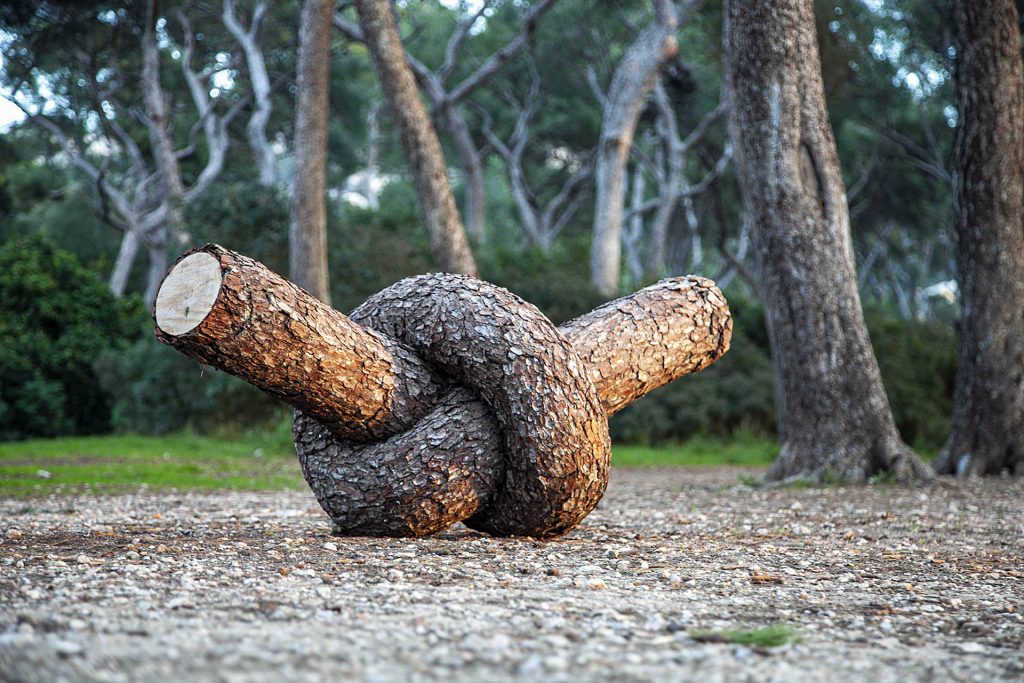
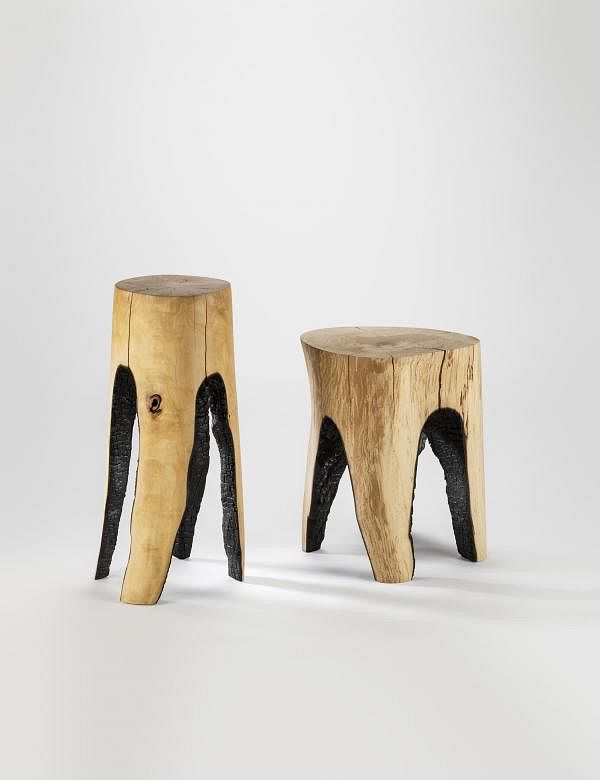
Ausgebrannt by Kaspar Hamacher
Belgian designer Kaspar Hamacher has produced a series of low stools that can also double as side tables made from tree trunks which have been formed by use of fire.
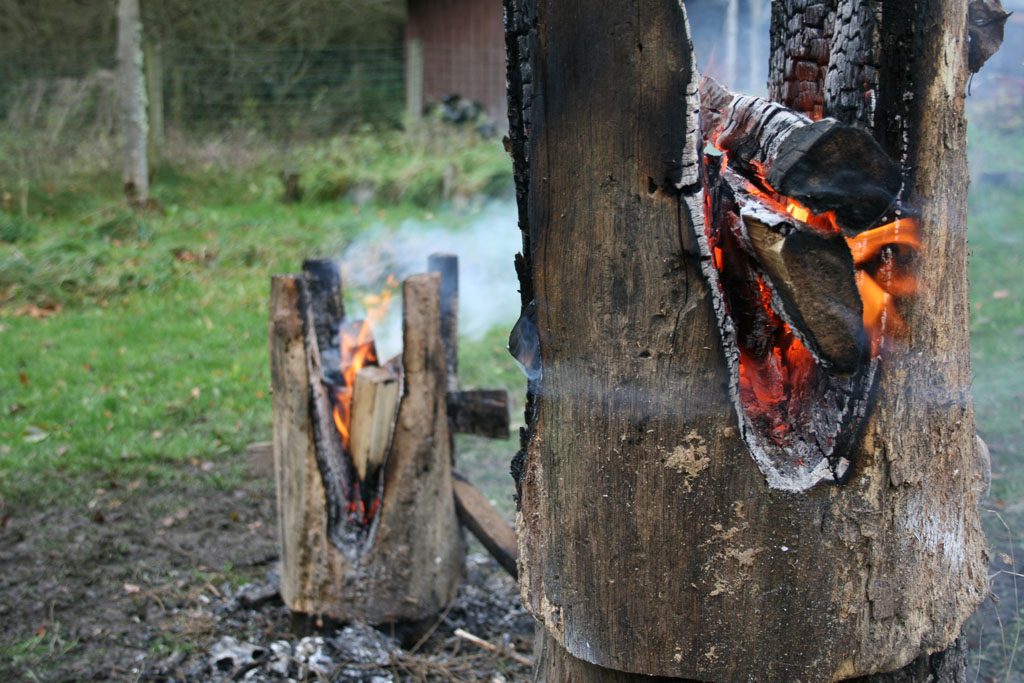
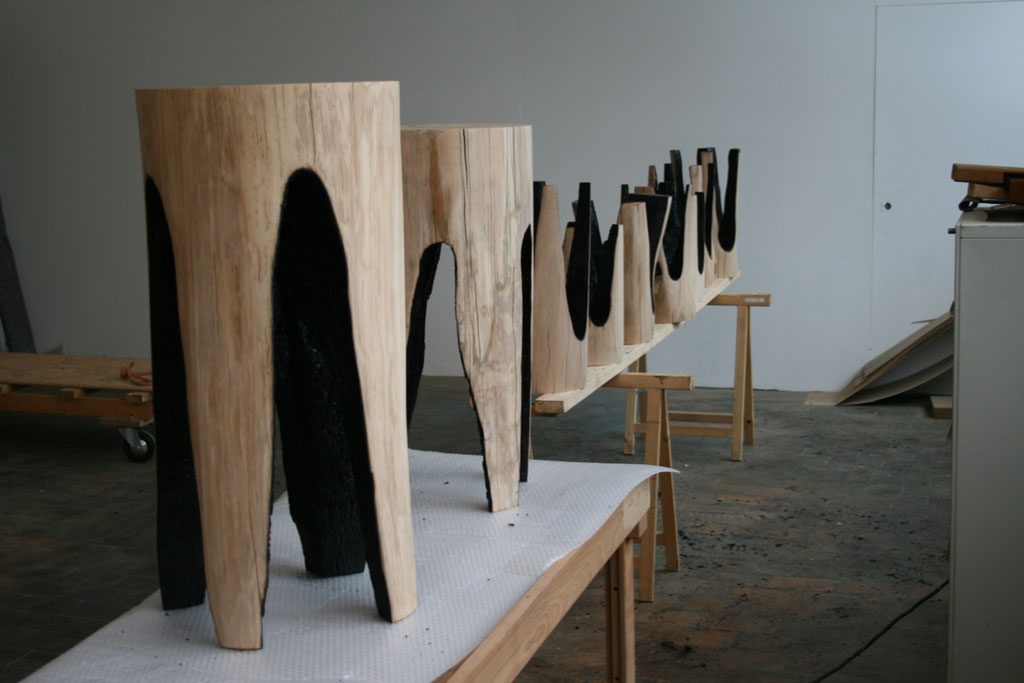
Ausgebrannt by Kaspar Hamacher
Aptly named Ausgebrannt (German for ‘burnt out’), the project involves stripping bark from tree trunks and cutting them into segments varying in length, prior to burning away certain sections of the log to create legs.
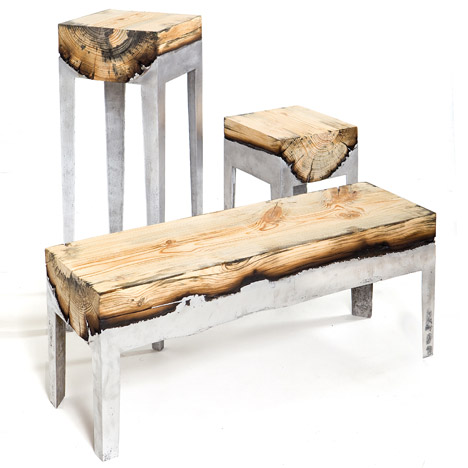
Wood Casting by Hilla Shamia Design Studio
Tel Aviv based Hilla Shamia Design Studio’s Wood Casting furniture collection is made by inserting full-length tree trunks into a mould and filling the spaces with molten metal.
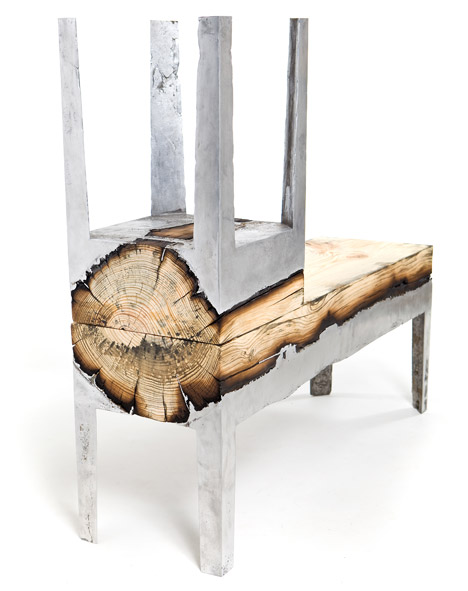
Wood Casting by Hilla Shamia Design Studio
The two frequently-combined contrasting materials were the starting point for the concept that was a development of Shamia’s 2012 graduate project from the Department of Industrial Design at Holon Institute of Technology.
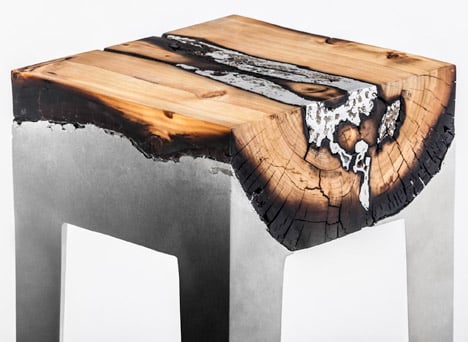
Wood Casting by Hilla Shamia Design Studio
Tables, stools and benches that are featured in the range are constructed by splitting tree trunks to make wooden planks, which are then inserted into a mould, which provides the form of the piece of furniture. Molten aluminium is poured over the wood, filling the leftover spaces in the mould and completing the piece. The heat of the metal burns the edges of the wood and creates a line of charcoal between the two materials.
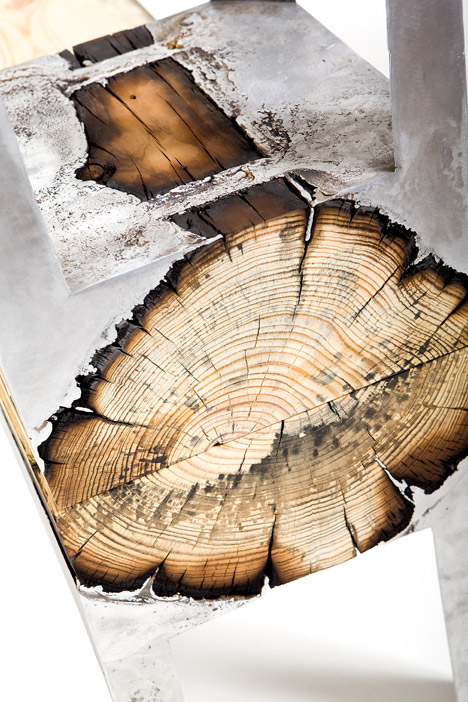
Wood Casting by Hilla Shamia Design Studio
Using this special technology of casting metal into wood, the designer was able to originate completely new connections and geometrical adjournments between the two materials.
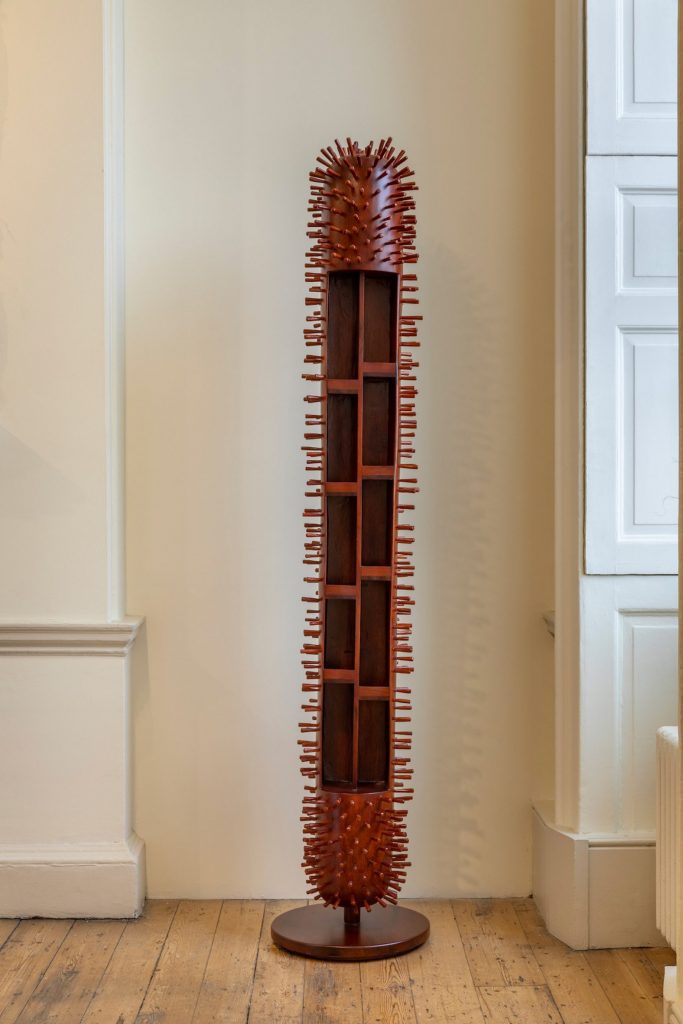
Masque series by Jean Servais Somian
Ivorian designer Jean Servais Somian uses a dying craft technique borrowed from traditional African art to carve cabinets from the trunk of coconut palm trees sourced from the Ivory Coast where they had been felled to make way for new construction.
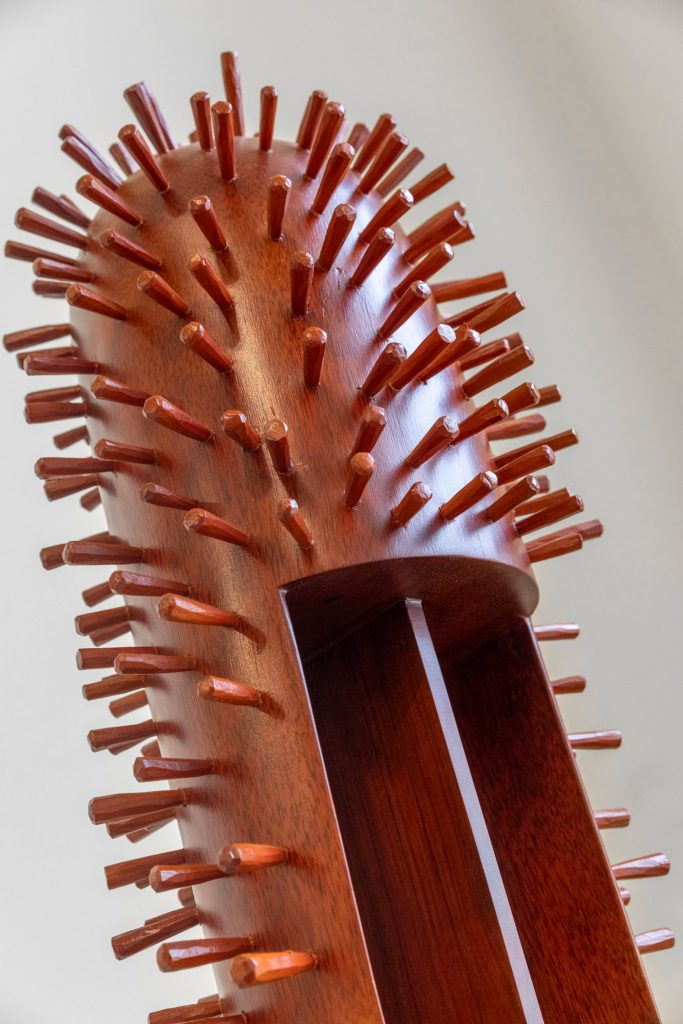
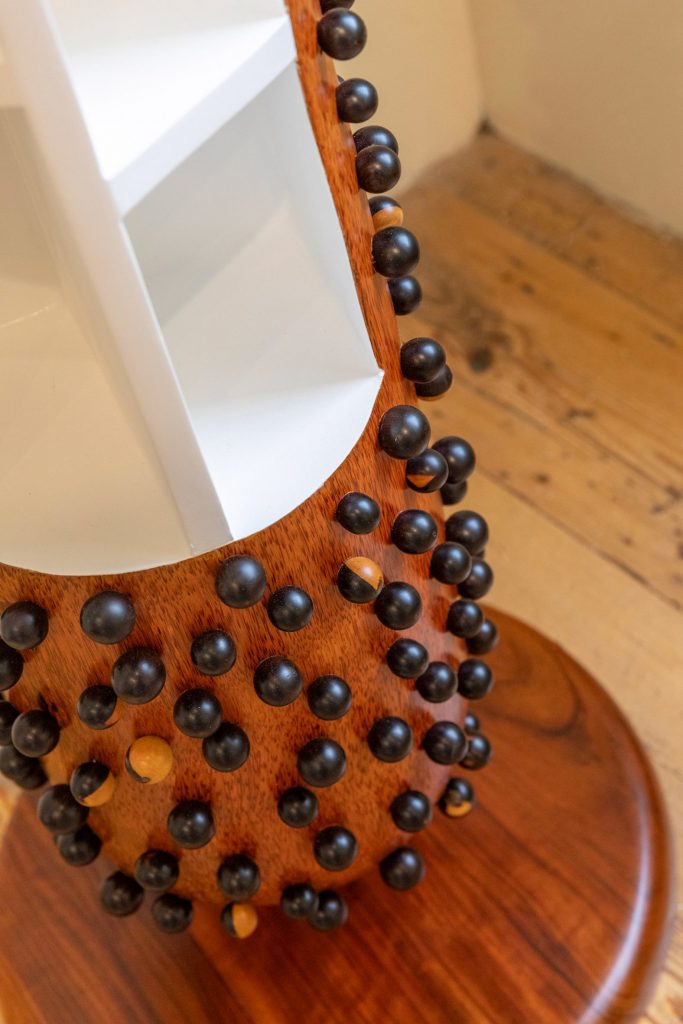
Masque series by Jean Servais Somian
Most of the pieces retain the natural height of the palm trees, with some standing taller than a person at up to 2.5 metres, which is part of the fascination the cupboards create in people.
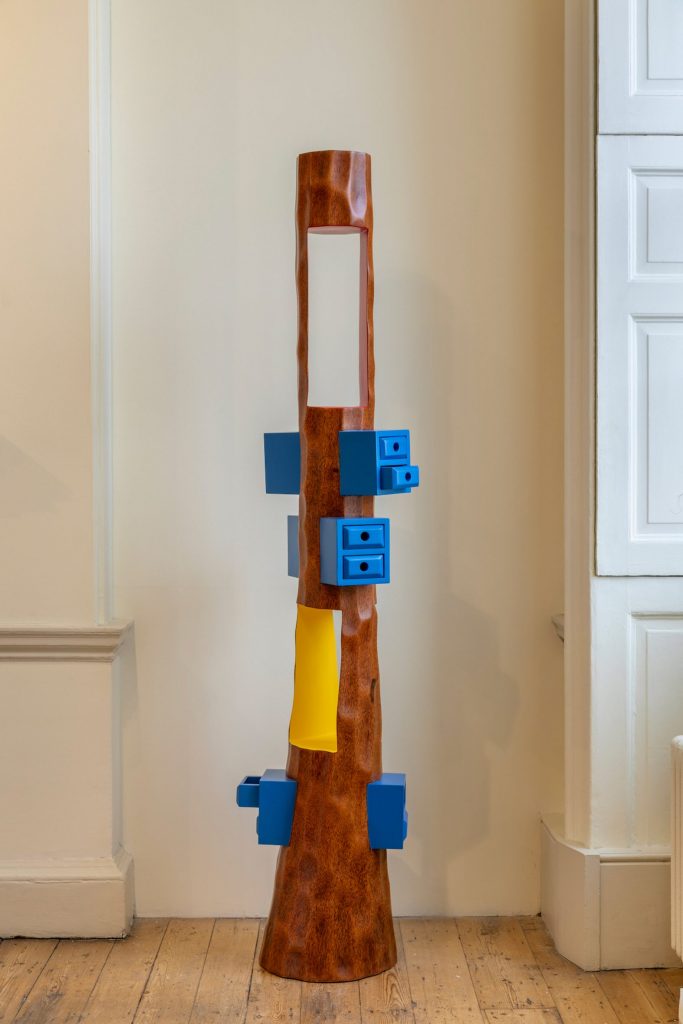
Masque series by Jean Servais Somian
The resulting cupboards are reminiscent of human faces and dancing figures. With their clean lines and lack of adornment, the pieces also pay homage to the French art deco period, characterized in an interest in the exotic, which derived from the peak of colonisation of African territories by European powers.
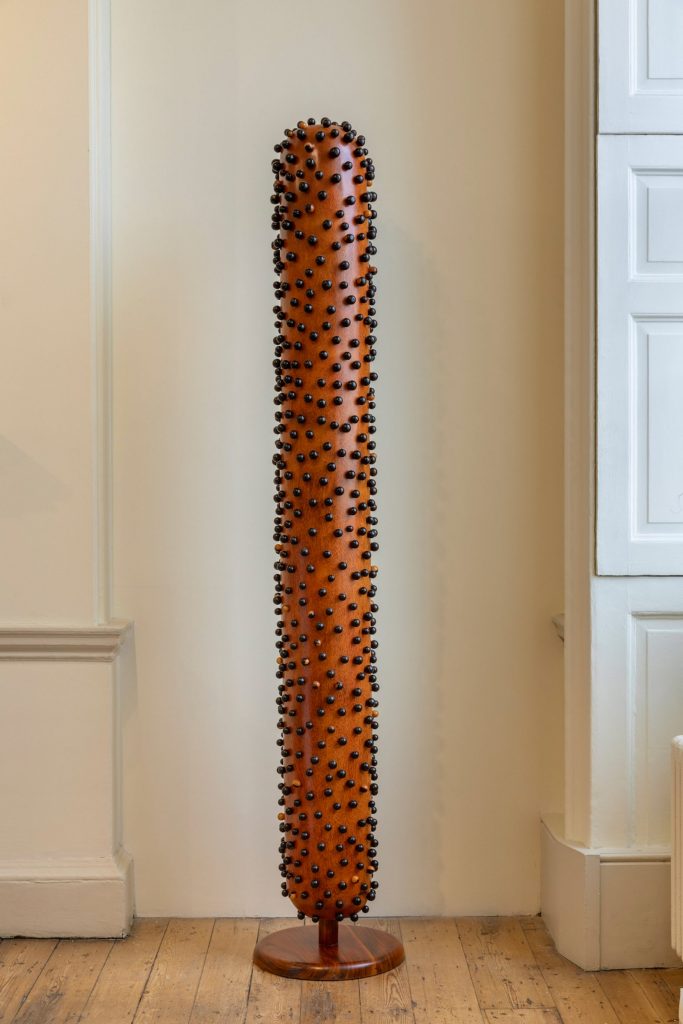
Masque series by Jean Servais Somian
In Somian’s cabinets, this idea is represented through angular drawers painted in primary colours, while their frames follow the natural curvature of the tree trunks to create the impression of looking at a human figure in movement.
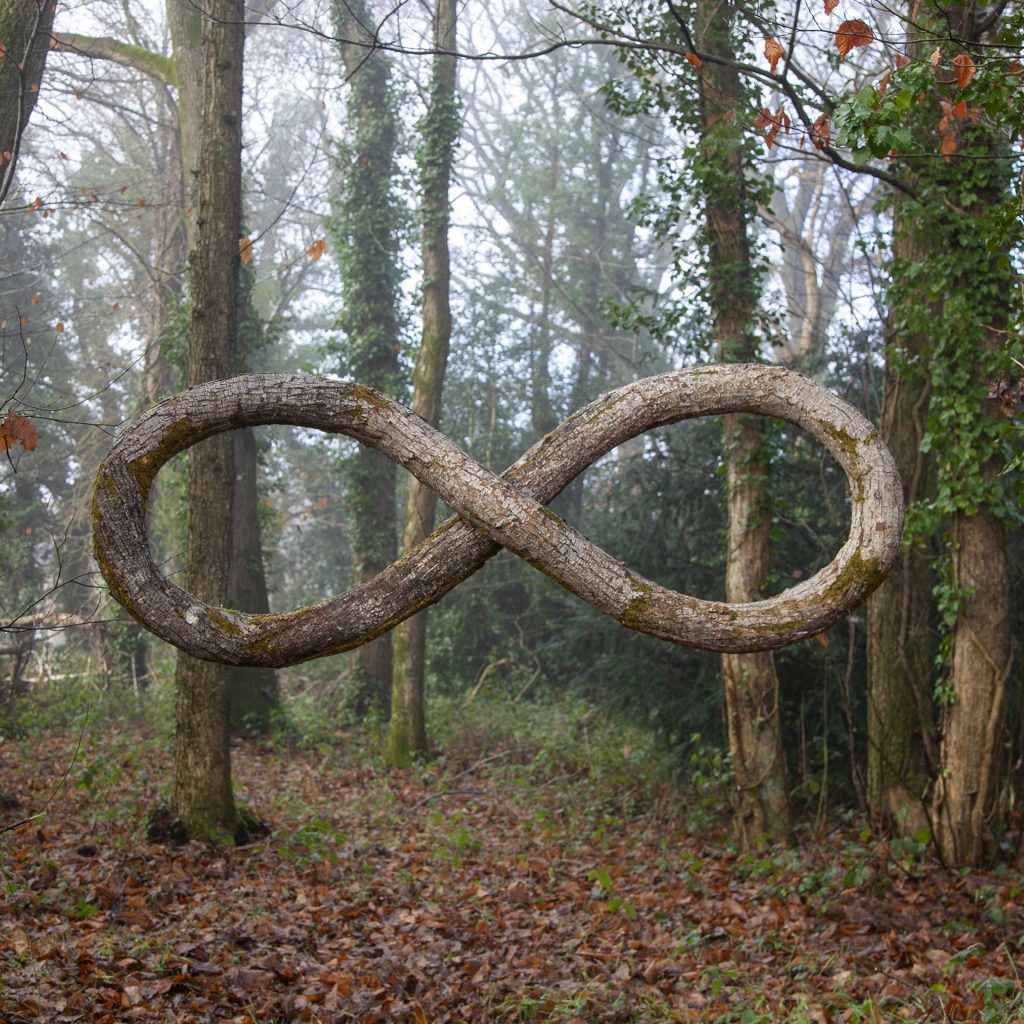
Twist by Monsieur Plant (also header image)
The most unusual project that is created using tree trunks is probably Twist by botanical artist and “urban gardener” Christophe Guinet, better known as Monsieur Plant.
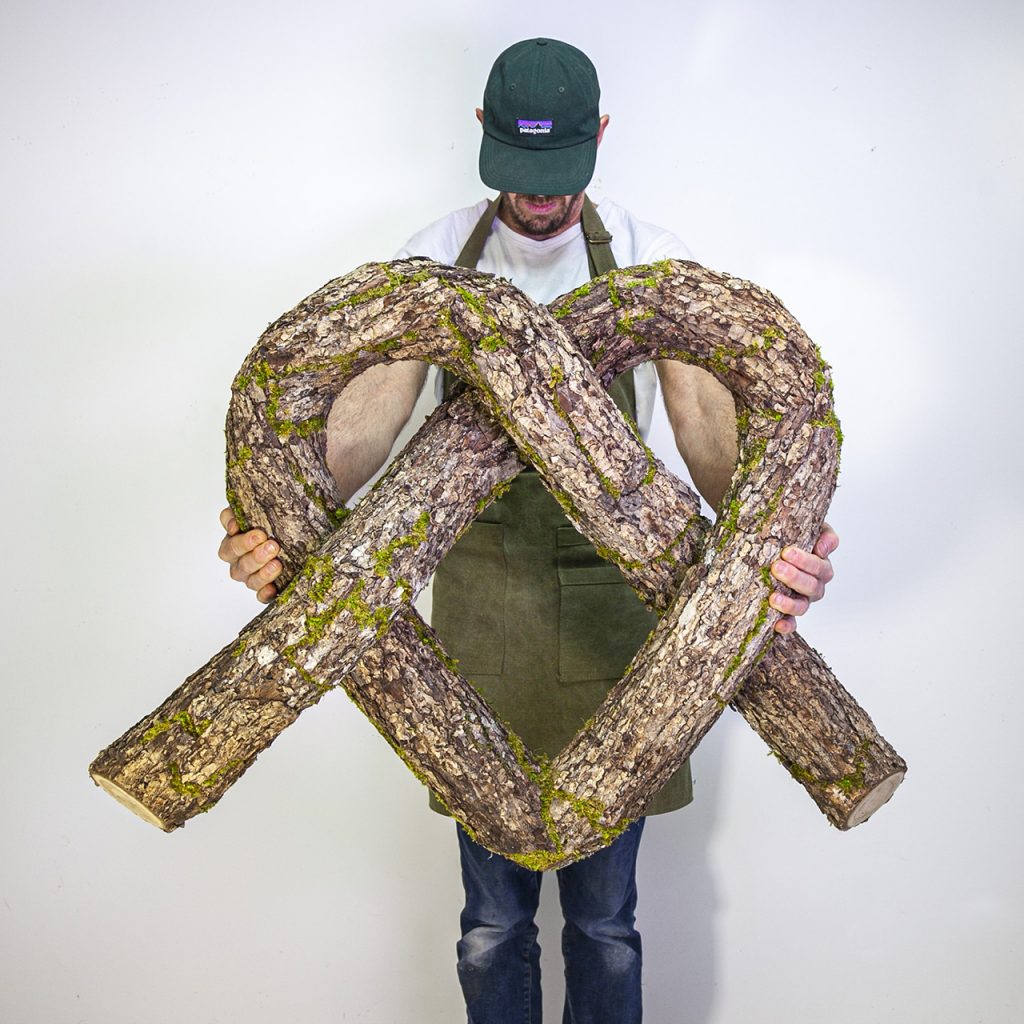
Twist by Monsieur Plant
The series introduces five installation pieces comprised of delicately contorted tree trunks shaped in unusual configurations. Guinet delicately twists robust pieces of tree trunk, modeling them into five designs recalling everyday symbols and objects, such as knot, heart or infinity.